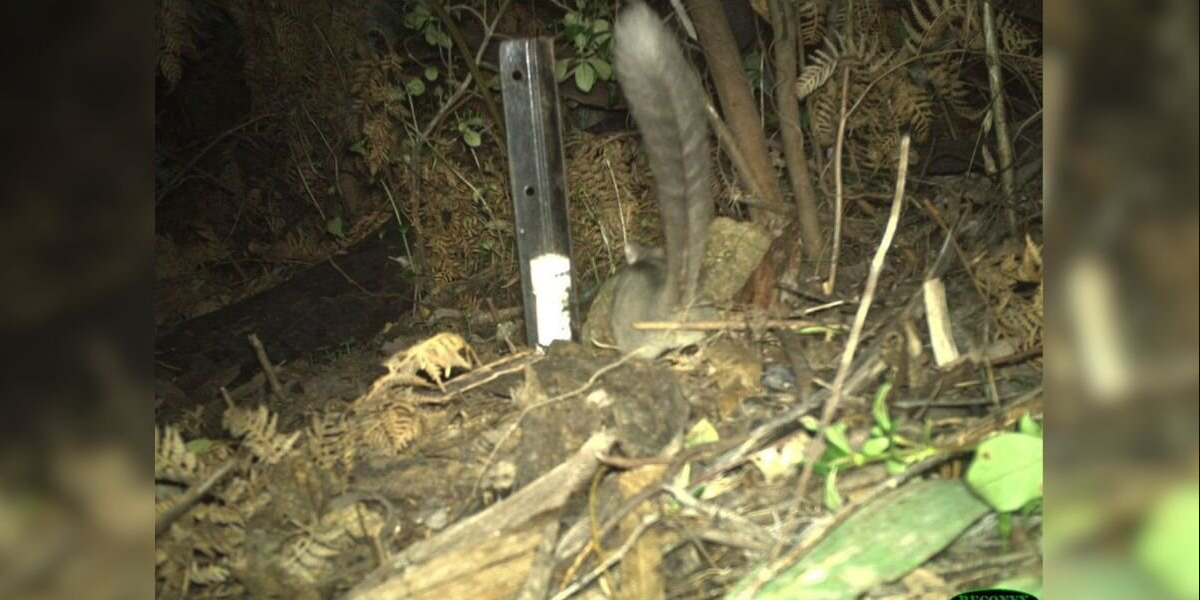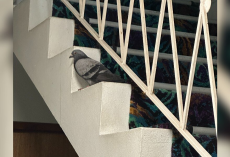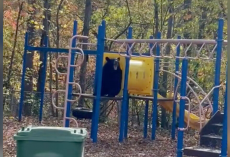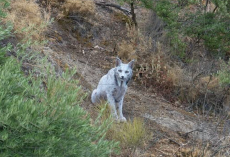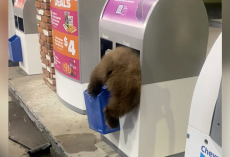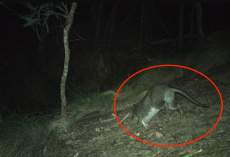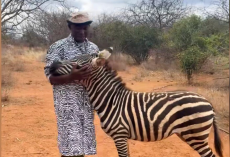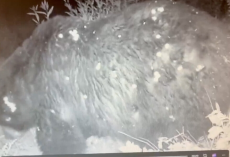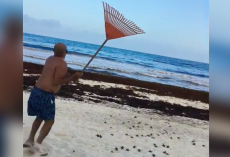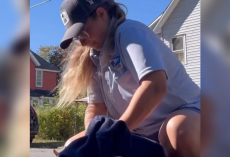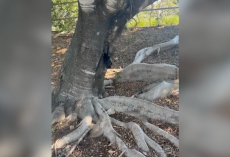Last year, researchers set up trail cameras across Kosciuszko National Park in New South Wales, Australia, hoping to capture footage of the endangered smoky mouse. Known for their soft gray fur, the tiny mammals are rarely seen in the wild.
When the scientists reviewed the footage, they were thrilled to spot smoky mice. But then came an even bigger surprise — a flash of a long, bushy tail belonging to a creature they never expected.
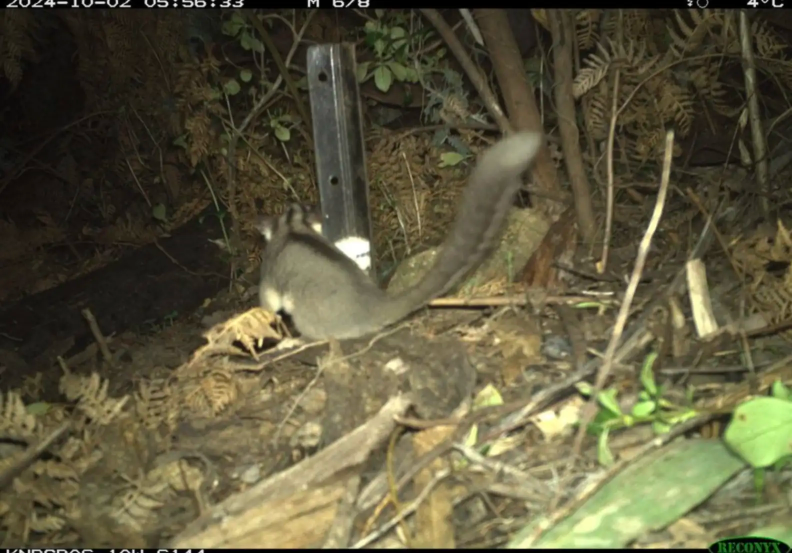
The cameras had captured Leadbeater’s possums, a species long thought to have disappeared from the region.
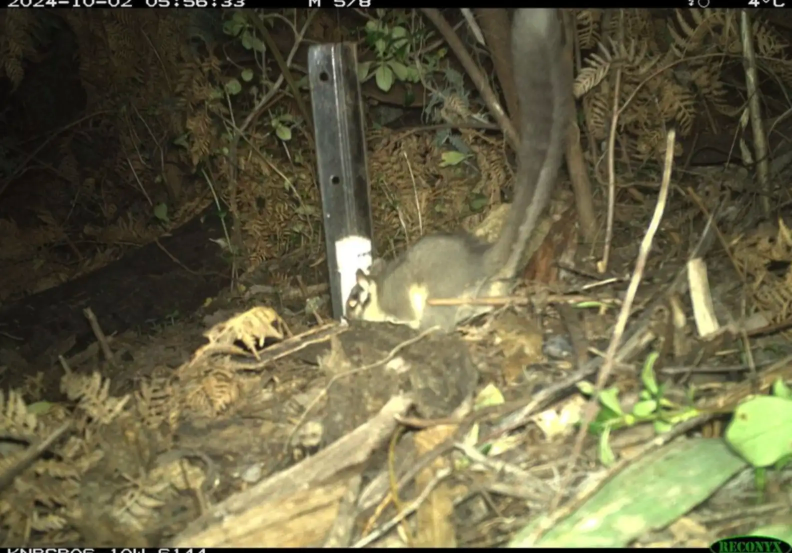
Nicknamed “forest fairies,” these small nocturnal marsupials are beloved in Australia, instantly recognizable by their fluffy tails and the dark stripe running down their backs.
Leadbeater’s possums hold special significance in Victoria, where they are the state’s official faunal emblem — a role similar to state animals in the U.S.
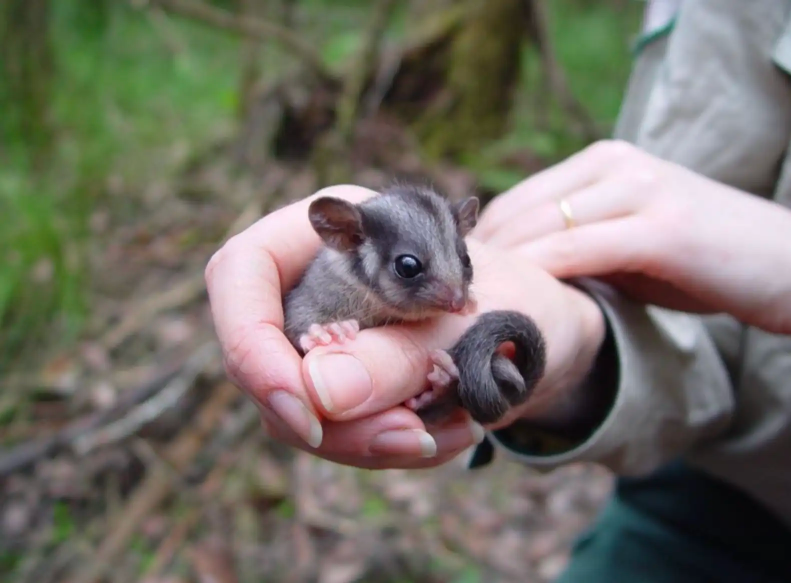
For decades, scientists believed they lived only in Victoria’s forests. To find them thriving in New South Wales was astonishing.
“[They were] previously known only from bones, believed to be up to 200 years old, that were discovered in caves near the recent detection site,” the NSW Department of Climate Change, Energy, the Environment and Water (DCCEEW) explained.
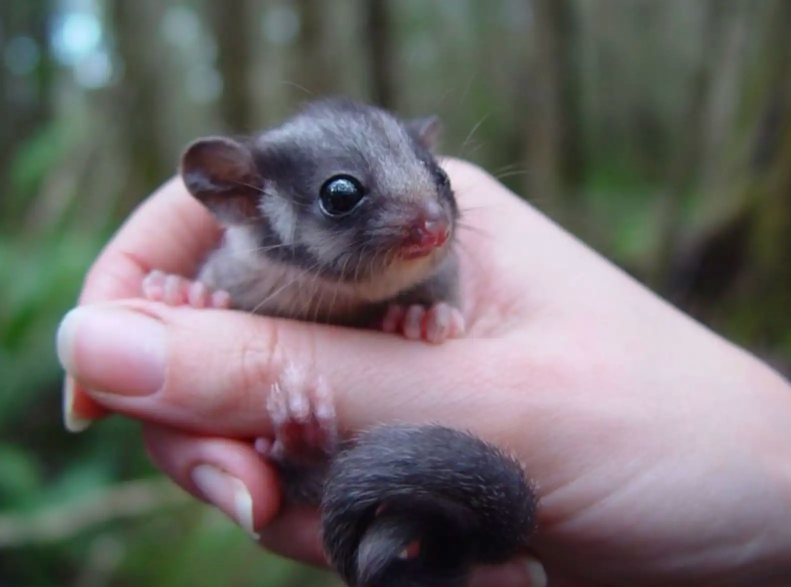
The discovery is more than just exciting — it’s a sign of hope. By uncovering a second population, conservationists believe the species’ future is more secure, since it reduces the risk of a single disaster wiping them out.
“This discovery brings hope for the conservation of this species,” said Victorian Minister for Environment Steve Dimopoulos.
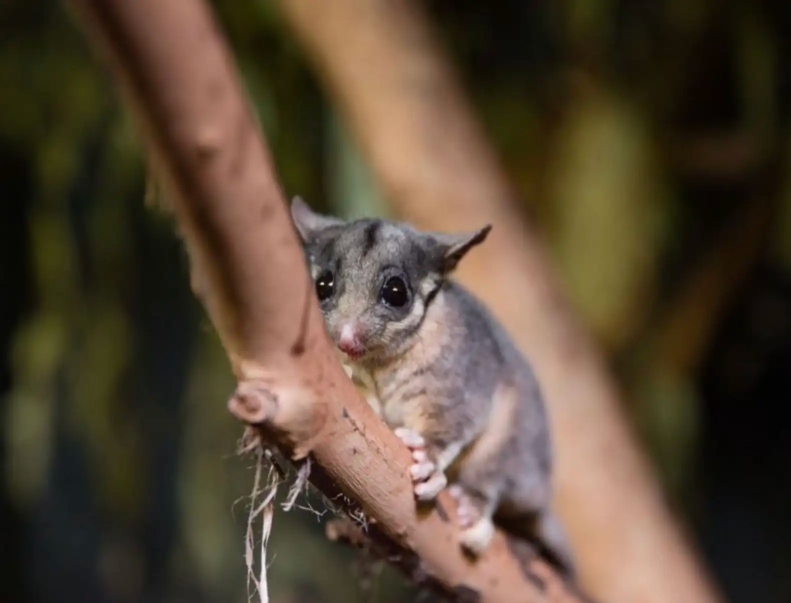
Now, scientists are expanding their camera network in Kosciuszko to learn more about the newly discovered population. Each new glimpse of these rare possums will help shape conservation strategies to protect them for generations to come.
“It’s an amazing discovery,” NSW National Parks and Wildlife Service shared. “Hopefully, this is the first of many more wonderful discoveries to come!”
From the shadows of extinction, the forest fairies have fluttered back into view — a reminder that nature still holds surprises, and that hope can sometimes come with a bushy tail.

